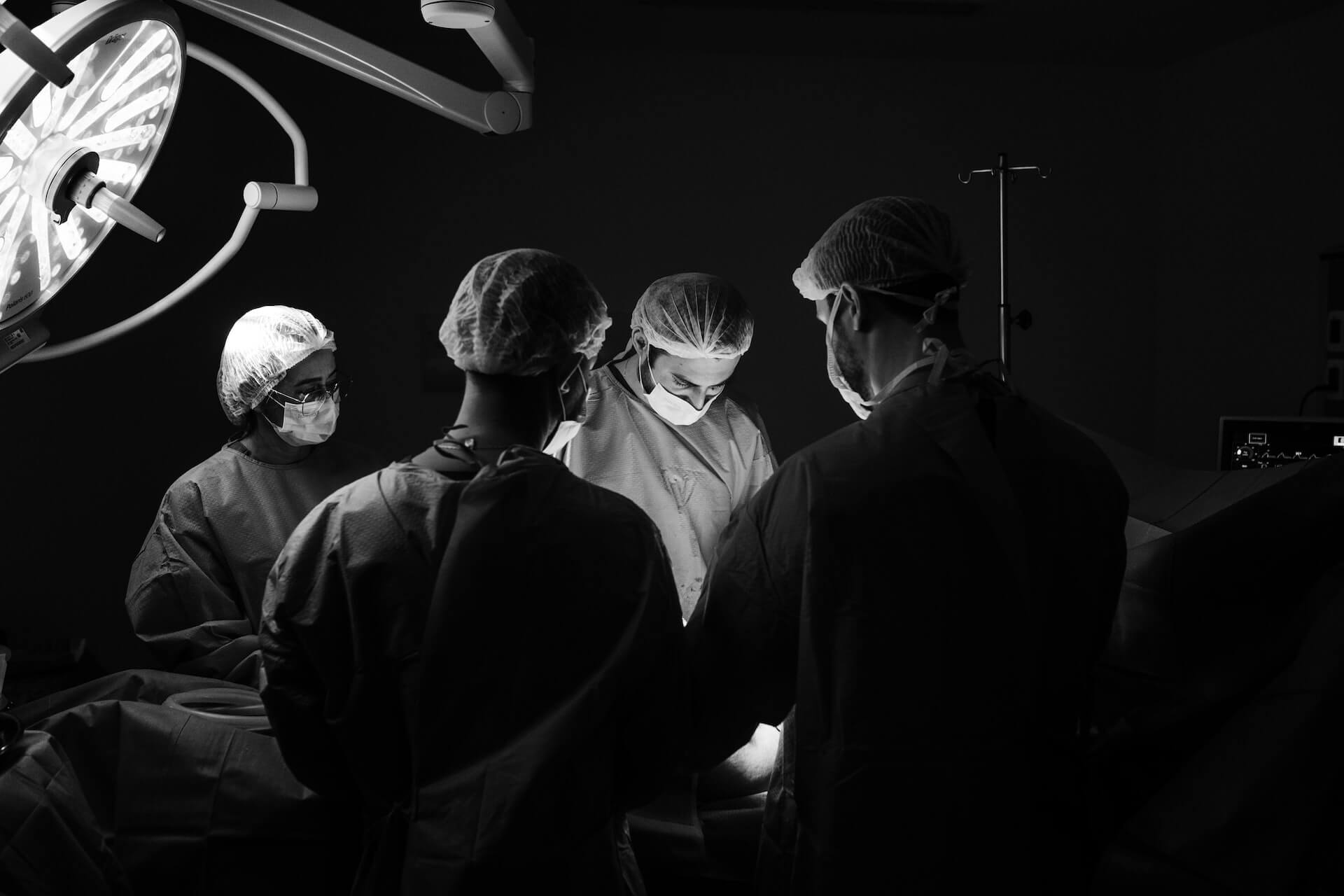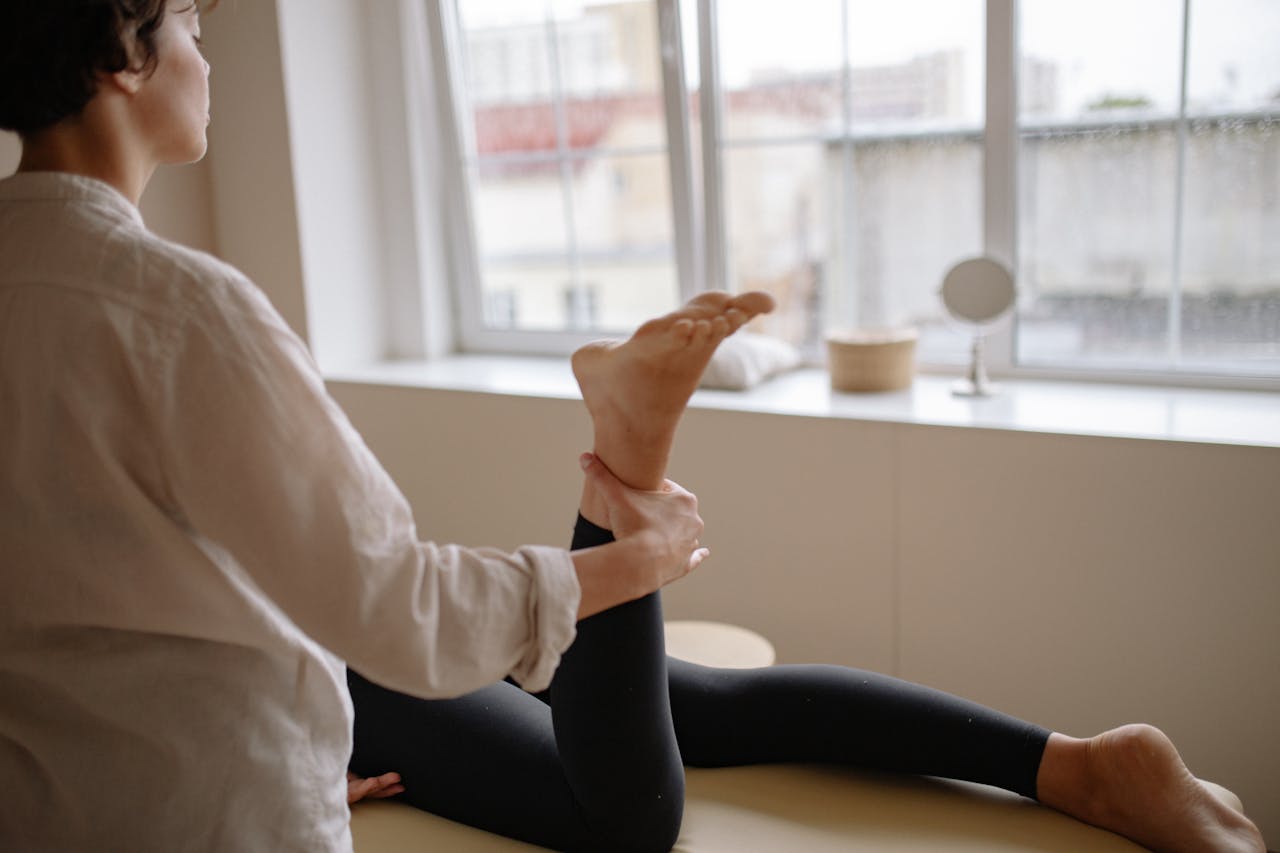For medical professionals, helping patients get back on their feet after orthopedic surgery or trauma is never easy, but it’s especially tough when there are long wait times and not enough physical therapists to go around. That’s why AI motion tracking technology is stepping up to help.
Thanks to recent advancements in digital physiotherapy, patients now have access to AI-powered motion tracking and motion analysis that can support their orthopedic rehabilitation and help them regain their full range of motion.
In this article, we’ll explore how innovative AI platforms such as Kemtai are helping more patients than ever before, and making life easier for physiotherapists. But before we dive into the specifics, let’s take a look at the technology that makes it all possible: computer vision.
AI Motion Tracking reduces Healthcare costs
The COVID-19 pandemic led to a rise in demand for orthopedic surgeries worldwide (this study on the impact of Covid on orthopedic surgery in Chile typifies the trend). Thousands of procedures were canceled during the pandemic, leaving a backlog of patients waiting for treatment. What’s more, lockdowns confined people to their homes and reduced their levels of activity, resulting in a surge of orthopedic issues, particularly among the elderly population.

This prompted healthcare professionals to explore innovative solutions to help cut the backlog, such as using AI for physiotherapy. Therapists found that motion tracking software can help them track patient progress and detect complications earlier, speeding up their orthopedic rehabilitation and ultimately reducing healthcare costs.
The evolution of computer vision and AI motion tracking technology
Computer vision (CV) has a rich history dating back to the 1950s when early experiments first began. By the 1970s, computer vision was being used commercially to distinguish between typed and handwritten text. Fast forward to 2023, and CV has made significant progress, surpassing human accuracy in certain areas.
Perhaps the highest profile CV use cases are in sports — for example in tennis, where it helps umpires make all-important line calls in high-pressure matches.
In medicine, AI-powered systems have been shown to out-perform doctors at detecting certain types of cancer. This is because the deep learning algorithms behind AI systems are optimized to handle massive amounts of digital image data.
Now computer vision and AI motion tracking technology can be used to analyze a patient’s movements during digital physiotherapy sessions, too. By tracking their range of motion and identifying areas where they may be struggling or experiencing pain, therapists can adjust their treatment plans to address those specific needs.
Using AI for physiotherapy can also give patients real-time feedback on their progress, allowing them to see the results of their hard work and stay motivated throughout recovery. Ultimately, computer vision and motion tracking technology could help orthopedic rehabilitation patients regain their full range of motion more quickly and efficiently than traditional therapy methods alone.
Four reasons why it’s worth using AI motion technology for physiotherapy
Let’s now take a closer look at the benefits of applying AI to physiotherapy.
1. Better adherence with home exercise programs (HEP)
Home exercise programs are a crucial part of recovering from total knee or hip replacement surgery. After an operation, it’s common for muscles and tissues surrounding the joint to become weak and stiff, making it difficult to regain full mobility and function.
But with a structured and supervised exercise program that can be done in the comfort of a patient’s own home, they can gradually build strength, improve flexibility, and restore their joint range of motion. Not only can this help improve overall function and reduce the risk of complications. It can also give patients a sense of control and confidence as they work towards regaining full mobility and independence.
By using cameras and sensors to track movement and monitor progress, computer vision and motion-tracking technology can provide valuable feedback to patients during HEPs and help them ensure that they are performing exercises correctly and safely.
Computer vision and motion tracking technology can also be used to create personalized exercise plans that are tailored to each patient’s specific needs and abilities. This can help to shorten recovery time and improve outcomes, allowing patients to regain their mobility and independence more quickly and effectively. This ultimately helps to reduce healthcare costs.
2. Better experience for the patient
Home-based therapy allows patients to recover at their own pace and in an environment that’s familiar and comfortable. This helps with reducing stress and anxiety and promotes a more positive healing experience.
Computer vision and AI motion tracking technology can be used by therapists to monitor patients during home-based therapy sessions, allowing them to provide real-time feedback and guidance without having to travel to a patient’s residence.
This delivers a better experience for patients because it’s like having a physiotherapist giving them personalized sessions in the comfort of their own home.
3. Better cost efficiency
Patients undergoing orthopedic rehabilitation often receive a limited number of in-person physiotherapy sessions due to cost constraints. Ironically, this could end up costing the healthcare system in question more money as it takes longer for the patient to recover.
However, using AI for physiotherapy, healthcare providers can offer cost-effective interventions; they can ensure exercises are performed correctly and complications are detected early. This helps the patient get back up to full health quicker.
4. Better access to professional physiotherapy
The number of physical therapists available can vary depending on where you live, and is influenced by factors such as infrastructure and population density. In the United States, there is expected to be a 21% increase in demand for physical therapy between 2020 and 2030. This means there could be a need for as many as 49,100 new physical therapist positions to be filled in order to keep up. The COVID-19 pandemic has made this situation even more challenging.

CV and motion tracking technology can help overcome this shortage by remotely monitoring patients and providing personalized feedback to improve their orthopedic rehabilitation. Using AI for physiotherapy enables healthcare providers to offer cost-effective care to more patients in need, including those in rural areas with limited access to quality care.
How can computer vision support post-op and post-trauma recovery?
With the power to process huge amounts of data and analyze patient movements in real time, computer vision gives physiotherapists a powerful tool to improve patient outcomes after surgery or trauma. AI motion tracking tools enable them to track patient progress, spot potential problems, and create personalized treatment plans based on individual needs.
They can also monitor patient movements to provide early warnings of potential complications and provide them with real-time feedback. As a result, patients will feel supported, which will help them stay motivated and on track.
How can you use Kemtai AI motion tool to boost your patients’ orthopedic rehabilitation?
Kemtai is one of the leading AI motion tracking tools designed to help physiotherapists. It uses computer vision and machine learning to keep an eye on a patient’s movements during home-based therapy sessions. Patients simply stand in front of a phone, laptop, or tablet camera, and the system engages in pose estimation. It also tracks their movements to make sure they’re moving safely and correctly. If the platform identifies an issue, it’ll give the patient real-time feedback on how to improve.
Kemtai also tracks patient progress over time, so therapists can adjust treatment plans as needed.

The best part? Patients receive top-notch care and support right from the comfort of their own homes, while taking the burden off healthcare providers. All that’s needed is access to a device with a camera.
The role of AI motion tracking in post-op and post-trauma recovery
Recovering from surgery or trauma can be tough, especially when access to physical therapy is limited. But with AI-powered motion tracking technology, there’s hope for faster and more effective recovery.
By analyzing patient movements in real time, computer vision gives physiotherapists a powerful tool for personalized care, helping them create customized treatment plans, track patient progress, and detect potential problems earlier. They can now deliver high-quality care remotely.
AI computer vision also provides patients with personalized feedback, keeping them motivated to continue their recovery journey. This means they’re more likely to stick to their treatment plans and recover faster. It also allows them to continue their orthopedic rehabilitation treatment in the comfort of their own home.
In short, using AI for physiotherapy can greatly enhance patient outcomes and streamline the recovery process. Kemtai’s computer vision platform is one of the best examples of how this technology can be used to personalize recovery plans and help patients get back to their daily activities faster.
Want to find out more? Try a sample workout today.

 8 min reading
8 min reading


